Fan blade design plays a crucial role in optimizing airflow within various systems, from industrial cooling fans to aircraft propulsion systems. Understanding the principles behind effective fan blade design is essential for engineers and designers seeking to enhance efficiency and performance. In this article, we delve into the intricacies of fan blade design, exploring its impact on airflow and efficiency.
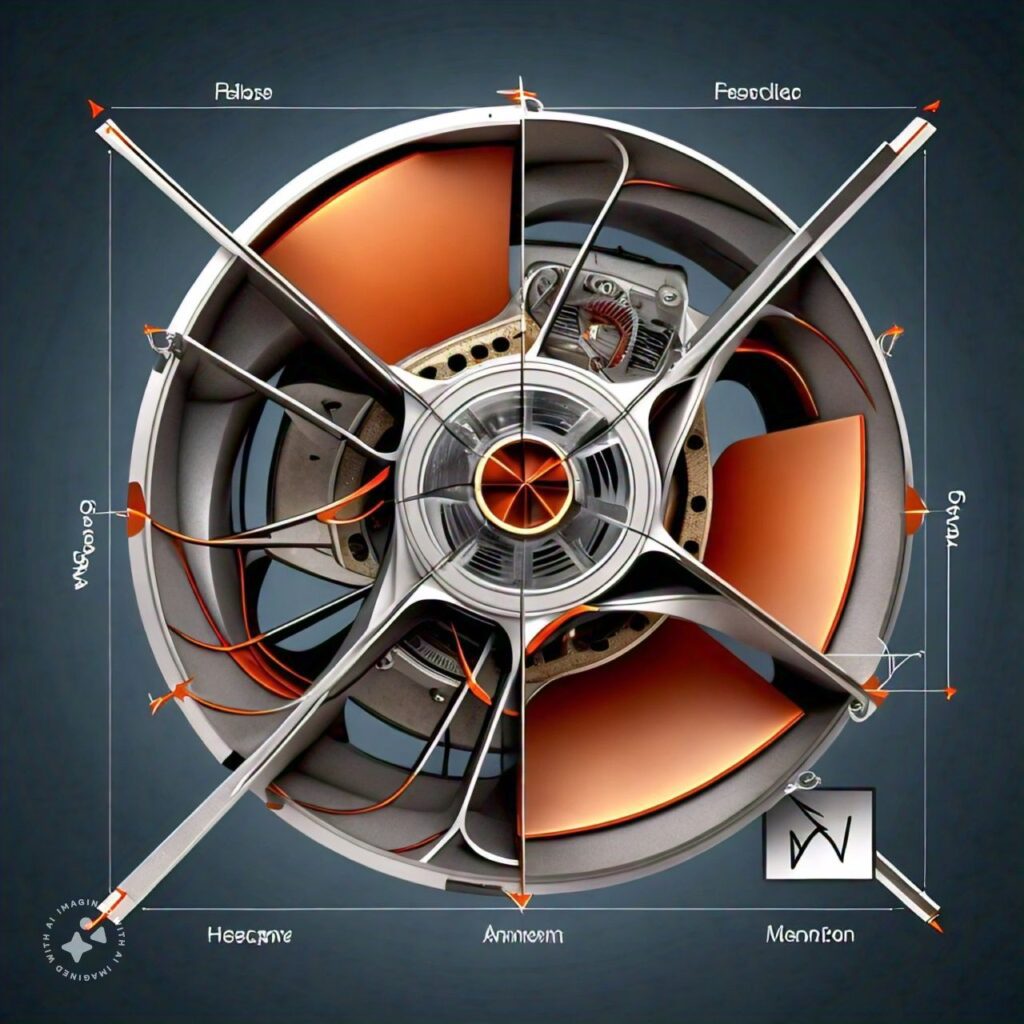
Introduction to Fan Blade Design
Fan blades are integral components of any system that relies on air movement. Whether it’s a ceiling fan in a household or a turbine engine in an aircraft, the design of fan blades directly influences airflow patterns and efficiency. By manipulating factors such as blade shape, angle, and material, engineers can optimize airflow to achieve desired outcomes.
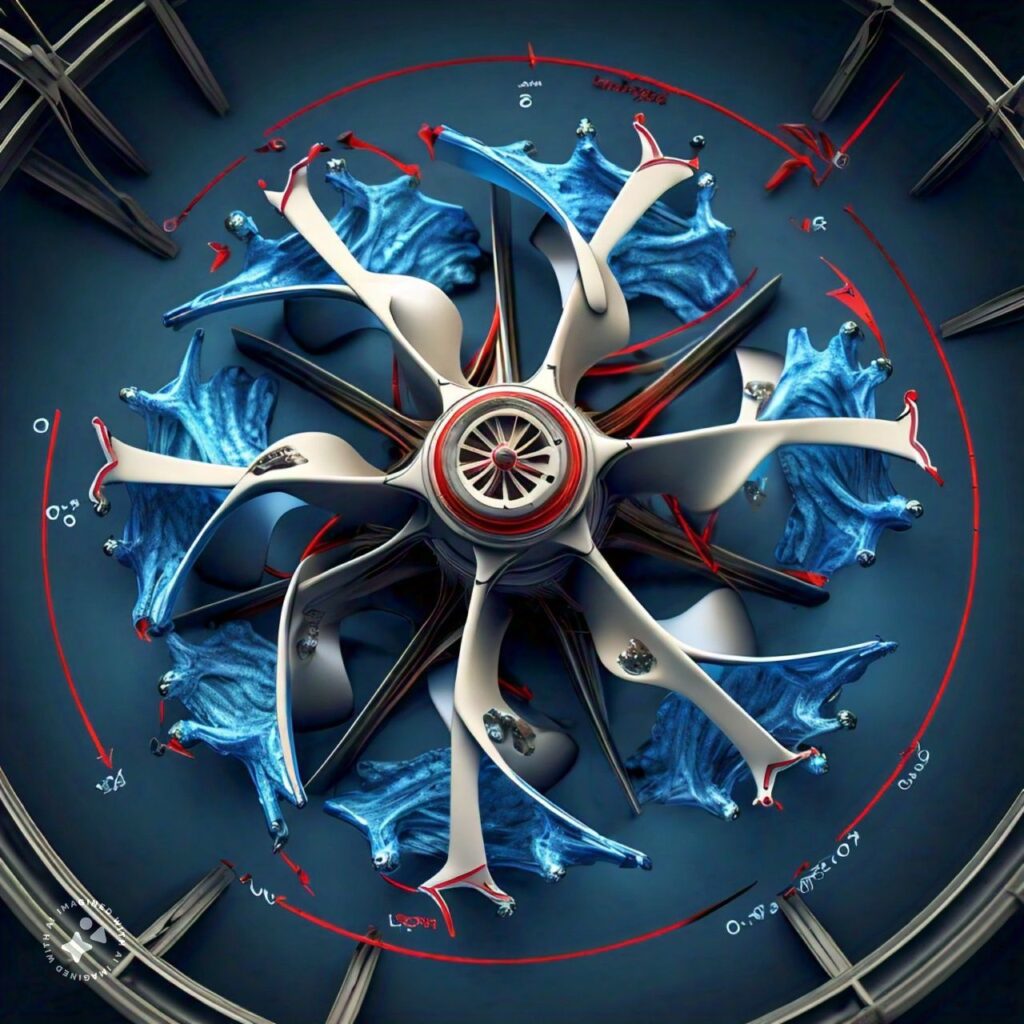
Basics of Airflow
Before delving into the specifics of fan blade design, it’s essential to grasp the fundamentals of airflow mechanics. Airflow is governed by principles of fluid dynamics, which involve the movement of air particles in response to pressure differentials. Factors such as velocity, density, and viscosity influence the behavior of airflow, dictating how it interacts with various surfaces.
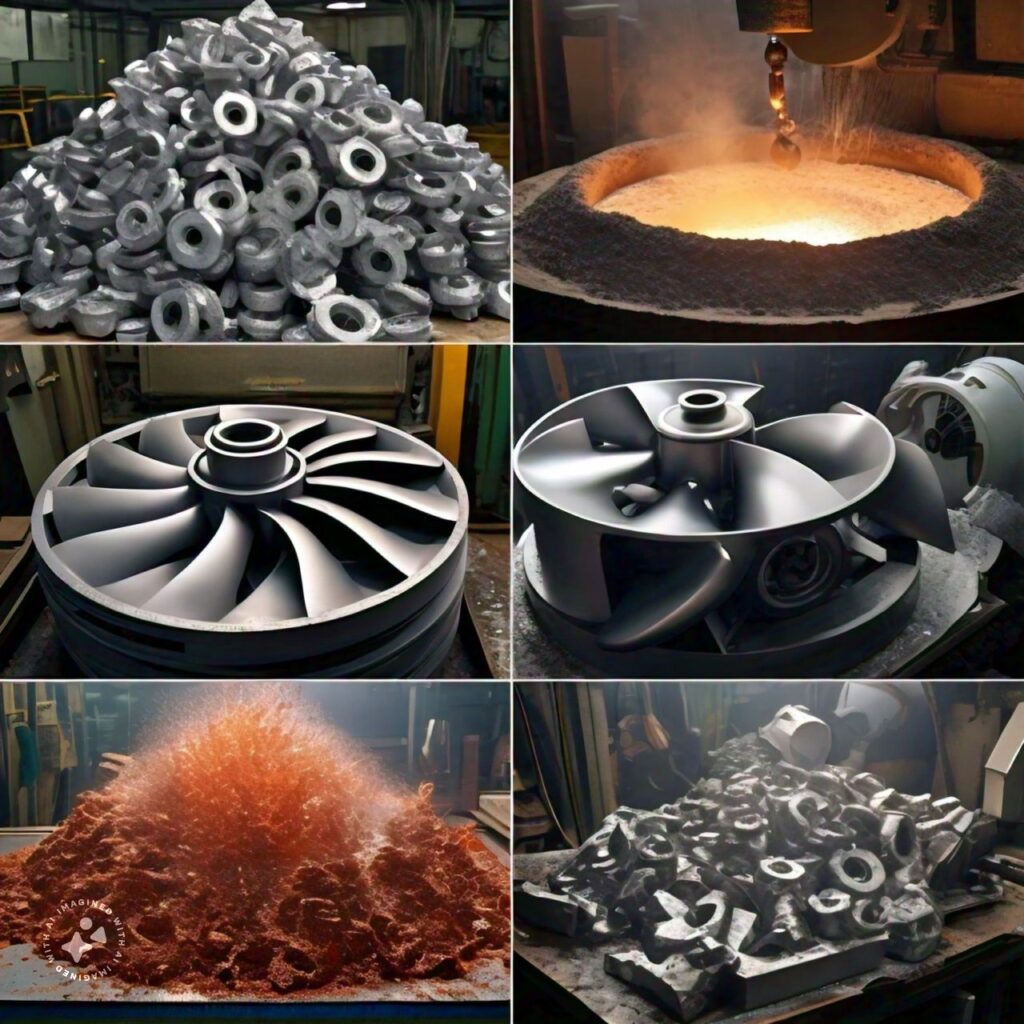
Components of Fan Blade Design
The design of fan blades encompasses several key components, each playing a vital role in shaping airflow. Blade shape and angle determine how air is directed and propelled, while blade materials impact durability and performance. Additionally, considerations such as blade size and number influence the overall efficiency of the fan system.
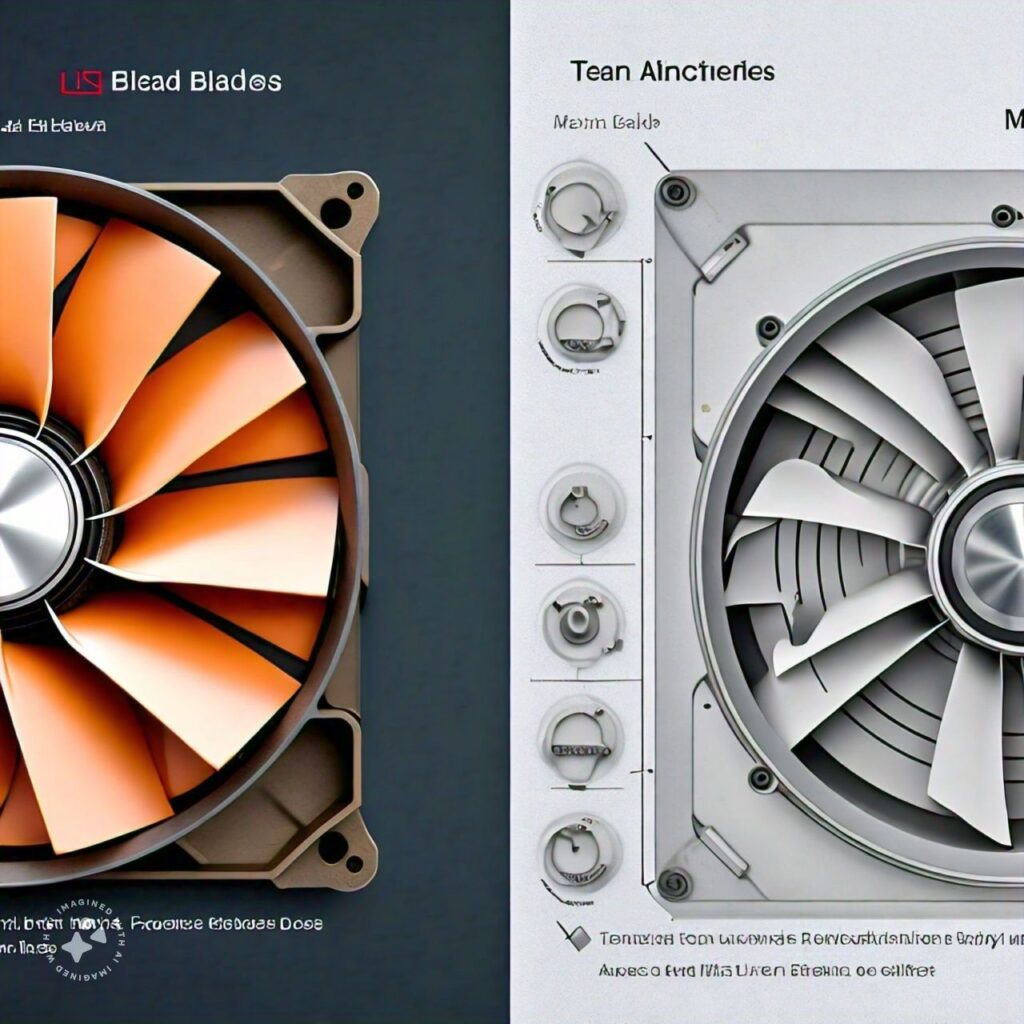
Aerodynamics in Fan Blade Design
Aerodynamics lies at the heart of fan blade design, as it governs the interaction between blades and airflow. Lift and drag forces act upon the blades, affecting their ability to generate thrust or create resistance. Engineers must carefully consider factors such as blade curvature and profile to optimize aerodynamic performance.
Importance of Optimization
Optimizing fan blade design is essential for maximizing efficiency and minimizing energy consumption. By fine-tuning blade geometry and airflow patterns, engineers can achieve significant improvements in performance. Additionally, efficient fan blade design helps reduce noise production, enhancing overall user experience.
Innovations in Fan Blade Design
Advancements in technology have led to innovative approaches to fan blade design. Computational fluid dynamics (CFD) software enables engineers to simulate airflow and optimize blade geometry with unprecedented accuracy. Furthermore, 3D printing technology allows for the rapid prototyping of complex blade designs, facilitating iterative improvements.

Challenges in Fan Blade Design
Despite technological advancements, designing efficient fan blades remains a challenging task. Engineers must strike a balance between performance, cost, and environmental impact. Additionally, factors such as material selection and manufacturing processes pose unique challenges that require careful consideration.
Future Trends in Fan Blade Design
Looking ahead, the future of fan blade design is poised for further innovation. The integration of smart technology, such as sensors and actuators, promises to enhance control and efficiency. Moreover, a shift towards sustainable materials and manufacturing practices reflects growing environmental awareness within the industry.
Conclusion
Fan blade design is a complex and multifaceted field that plays a critical role in optimizing airflow and enhancing system performance. By leveraging principles of aerodynamics and embracing technological advancements, engineers can develop innovative solutions that meet the demands of tomorrow’s applications.
Unique FAQs
- How does blade shape and angle influence airflow? Blade shape and angle dictate how air is directed and propelled, impacting overall airflow efficiency.
- What role does computational fluid dynamics (CFD) play in fan blade design? CFD enables engineers to simulate airflow and optimize blade geometry with high precision, enhancing performance.
- Why is noise reduction important in fan blade design? Efficient fan blade design helps minimize noise production, improving user experience and comfort.
- What are some challenges associated with fan blade design? Balancing performance, cost, and environmental considerations poses significant challenges for engineers designing fan blades.
- How might smart technology influence the future of fan blade design? Integrating smart technology, such as sensors and actuators, is expected to enhance control and efficiency in fan systems.
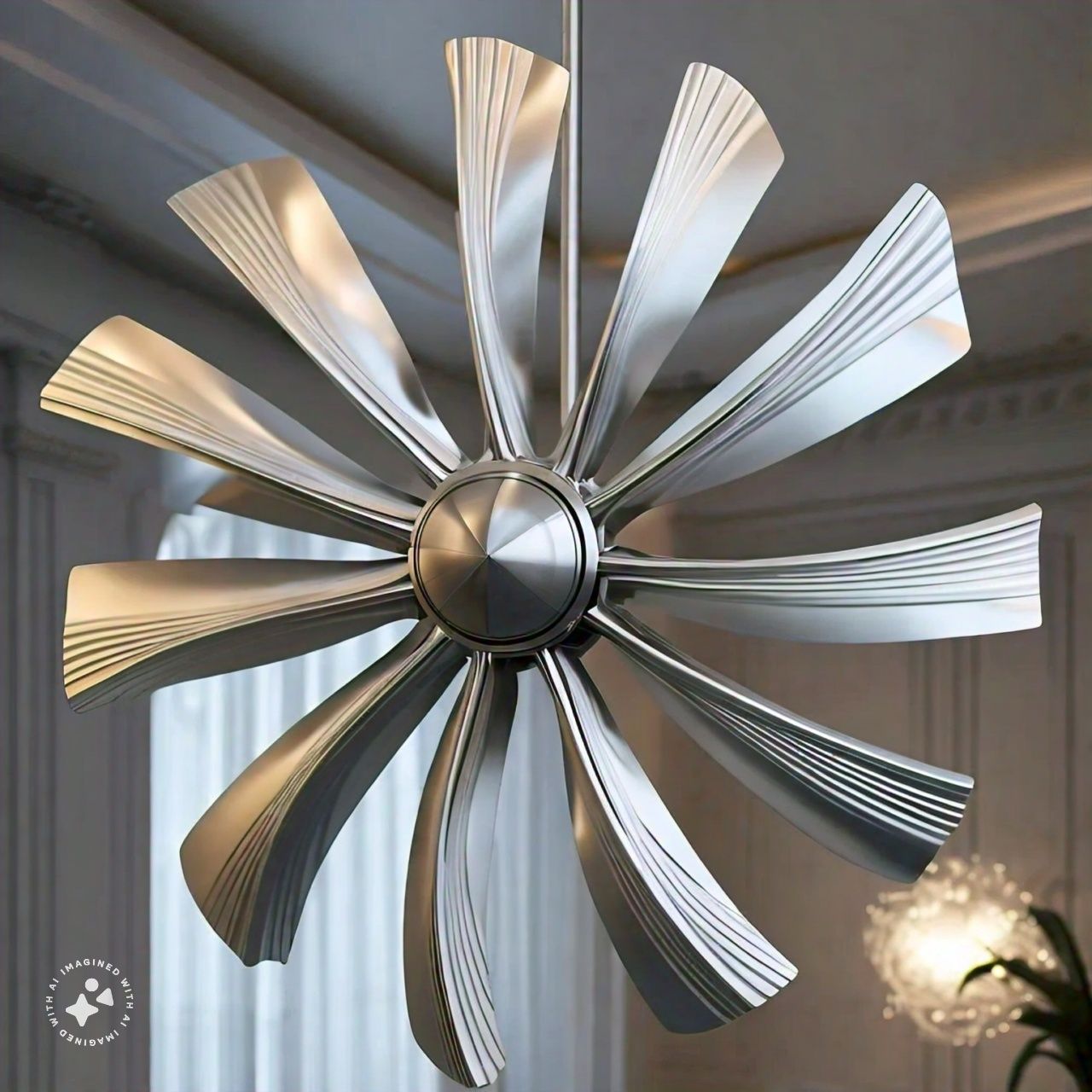
Interesting post
Interesting
Nice
Really interesting post